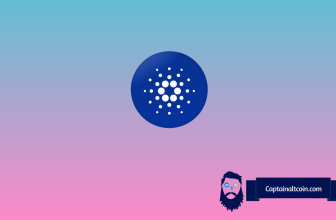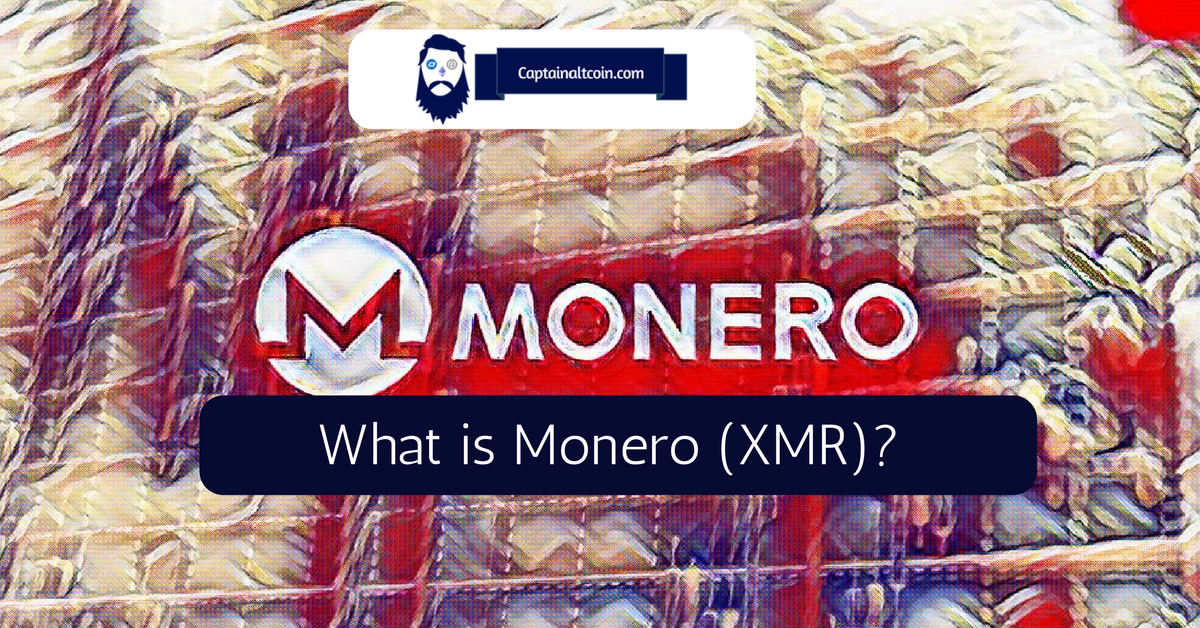
Imagine that anyone could peep into your bank account and check how much money you had, how would you feel? And how would you feel if anyone were allowed to see how many transactions you did yesterday and to whom?
If such a thing were to happen to me, I would feel awkward and insecure, and I bet you would feel the same!!
One of the most sought after things is definitely financial transaction privacy.
However, in reality, we are always being watched by institutions or banks before and after our transactions, and they know the ins and outs of our bank accounts.
Wait a moment….
You might think cryptocurrencies such as Bitcoin provide a solution to this, but in reality, that is not the case. Transactions on the Bitcoin blockchain exist on public ledger, which is open for all to see.
The world of cryptocurrencies has become more popular and has experienced significant growth. Hundreds of cryptocurrencies have been launched and many have attempted to provide users with greater privacy. However, they have seen varying levels of success.
One of these rising cryptocurrencies is Monero (XMR). This is one of the most unique and different cryptocurrencies available.
What you'll learn 👉
Benefits of Monero Cryptocurrency
- Private – This cryptocurrency focuses on privacy as its key selling point, and no one can see how much balance you have by looking at the blockchain.
- Fungible – All coins have the same market value irrespective of time or place, and each individual unit of a currency can be substituted for another.
- Decentralized – This feature removes the need for a central bank or government to overlook the market. Also, all wallets or nodes are equally eligible to verify Monero coins.
- Untraceable – Monero coins can’t be traced back on the blockchain because of encryption.
- Secure – Monero transactions and wallets are secured by irreversible cryptographic math.
You have plenty of options when it comes to buying cryptocurrencies.
On the other hand, you have very few options when it comes to anonymous and untraceable cryptocurrencies.
What is Monero? A Step-By-Step Guide for Beginners
Not all cryptos can offer features of privacy, fungibility or security at the protocol or fundamental code level. However, Monero does. This feature makes Monero a very viable choice. Monero is one of our top cryptocurrencies to invest in this year.
Launched in April 2014, Monero is the world’s first private, secure, and untraceable digital currency of the internet.
It can be said that Monero is like a more confidential Bitcoin.
However, Monero is not just another clone of Bitcoin’s core code. This cryptocurrency is made from scratch.
Monero was originally launched under the name BitMonero. This word is a compound of Bit (as in Bitcoin) and Monero (literally meaning “coin” in Esperanto). However, the community opted for the name to be shortened to just Monero five days later.
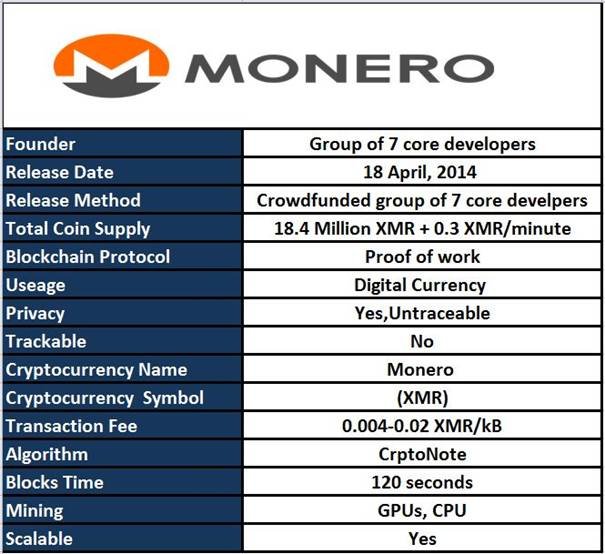
Note: In just a span of one year, Monero prices have shot up achieving an unprecedented fifty fold growth, and this cryptocurrency is still in the top 10 cryptocurrencies list of CryptoCompare.
Let’s see now what makes it so compelling to own a currency which is, anonymous, secure and untraceable.
How is Monero End-To-End Anonymous and Untraceable?
Monero implements three extra privacy technologies to keep all transactions anonymous: Ring Signatures, Stealth Addresses and RingCT. It is important to note that these technologies are quite complicated. Below is a simplified breakdown of how they work.
Untraceability through Ring Signatures – Hiding Where the Money is Coming from
Ring signatures were introduced in 2001. They were invented by Yael Tauman, Adi Shamir, and Ron Rivest.
Ring signatures are digital signatures that can be performed by any member of the ring or group. All the signatures are potential and eligible signatures. A ring signature is by default applicable on the blockchain. It enables transaction mixing.
This means that when money is sent, it is sent as a group of randomly picked ring signed transactions of the same amount, and out of this, only one is the actual sender, though all may be eligible to send.
Any incoming transaction is coming as a group of transactions and has many possible senders. Each sender has the same chance of being the true sender, which makes Monero a top choice for maintaining a sender’s privacy.
Unlinkability through Stealth Addresses – Hiding Who the Money is Being Sent to
Stealth addresses take care of the recipient’s privacy, and they don’t allow a third party to see any transactions done in and out of that address on the blockchain.
Consider your stealth address as your bank account number to make it easier to understand.
In traditional banking, even if you give your account number to someone, they can’t find out your spending habits, identify your balance, or see your transactions.
Stealth addresses provide the same level of transactional privacy in Monero.
When a transaction is done on the Monero blockchain, it doesn’t list the public address of the receiver on the blockchain, it instead creates a new one-time destination address. This address is not linked to a receiver’s public address.

Read our updated guide on best crypto bots.
Anyone can view these addresses. However, there is no way to make a link between this address (known as the ‘public key’) and the recipient’s real address (their private key). This preserves the anonymity of the recipient.
Transactional Privacy through Ring CT (Ring Confidential Transactions) – Hiding the Amount Being Transferred
This is the most recent of Monero’s privacy features, and it was implemented in January 2017 to update the previous method of hiding transaction amounts.
The sender has to input their entire wallet for the transaction when a Monero transaction is made, and then set two outputs. The first as the amount they want to send and then the rest of the balance back to themselves as ‘change’.
The transaction is verified by the fact that the sum of the inputs is equal to the sum of the outputs. This proves that no new coins were created in the transaction.
However, the actual transaction amounts are not shown. The sender cryptographically commits to sending a certain amount. This can only be understood by the computers verifying the transaction whilst keeping the amount hidden.
It is important to note that there is also a range proof check built into this technology. It prevents senders from committing to values less than zero.
It will be compulsory to use RingCT on all Monero transactions by September 2017. I think this would be the final nail in the coffin for cryptocurrencies, and it will also make Monero the most trusted, decentralized, open source, and fully anonymous cryptocurrency.
History of Monero
Monero is an open source, proof-of-work cryptocurrency. It is important to note that no one owns it.
Riccardo Spagni along with six other developers started this cryptocurrency. There is no concept of pre-mining or ICOs. This makes Monero a trustable currency backed by market forces.
Monero was created in April 2014 due to a fork (or split) from the Bytecoin cryptocurrency, which happened because Bytecoin, an open source cryptocurrency project, was not transparent enough in its operations. Evidence arose on crypto-forums that more than 80% of coins were already pre-mined, and this distrust and discrepancy led to its split into Monero.
Unlike many cryptocurrencies that are derivatives of Bitcoin, Monero is based on the CryptoNote protocol. This protocol was initially used by Bytecoin, but there are significant differences between both cryptocurrencies.
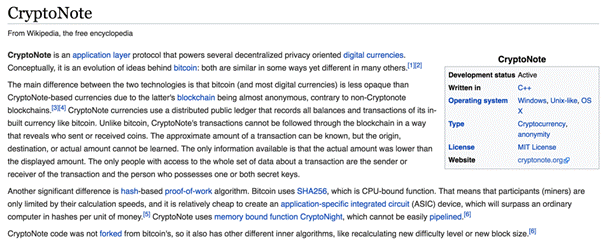
On September 2014, Monero recovered from an unusual and novel attack executed against the cryptocurrency network, and in 2016 it experienced rapid growth in market capitalization and transaction volume.
The Team behind Monero
Monero is not controlled by any central authority, foundation, or institution. However, there is a core team of seven people who crowdfund the project with their own money. These seven members look after its development, research, and maintenance.
Out of this core team of seven members, two members have revealed their identity, and the two known members are Riccardo Spagni and David Latapie. The rest of the members prefer to stay anonymous at this time.
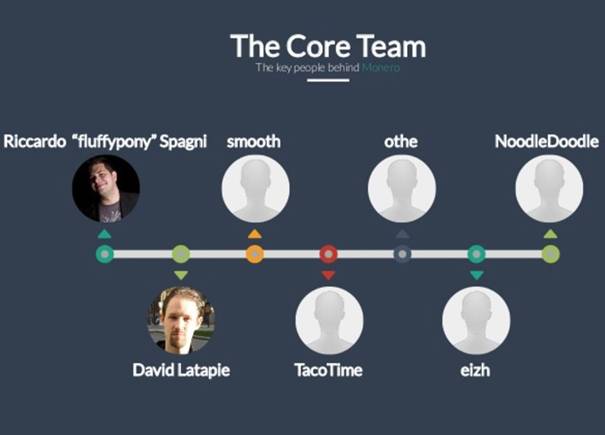
Apart from the core team, there is the Monero Research Lab comprising of researchers, scientists, and academics in cryptography and math.
Total Supply of Monero
There will be a total of 18.4 million XMR in circulation, and its mining will go until May 31, 2022. After that, 0.3 XMR per minute will be fed into the system continuously forever, which will ensure that coins never run out of supply and incentive to miners to continue.
It is important to note that there will also be an acceptable inflation rate maintained by this supply.
The Value of Monero
The value is simply determined by the forces of supply and demand. Monero is currently valued at about $130 with a market cap of over $2,066,000,000, which places it in the Top10 cryptocurrencies by market cap and it is increasing by the day.
It is important to note that there has been a significant rise recently in August 2017. One of the main reasons for this is that the world’s highest-volume cryptocurrency exchange, Bithumb, added Monero to its platform, which means that Monero is now being traded in the South Korean market. This has been extremely lucrative for cryptocurrencies in the past (Ripple, Litecoin, and Ethereum). This is mainly because the South Korean traders are especially interested in cryptocurrencies that differ from the norm, and Monero, having a dedicated team of developers and a unique technology has proven attractive to the South Korean traders.
Where to Keep Monero?
There aren’t many options for storing Monero.
However, we will try to equip you with tried and tested methods so that you don’t waste your money and time.
Creating a “MyMonero” online wallet is one such tested method.

- Go to MyMonero.com (https://mymonero.com/) and click on Create an Account.
- Write down your private key. Keep it in a safe place.
- Re-enter your private key for confirmation.
That’s it. Now you can access your “MyMonero” online wallet.
If you need step-by-step guide on “MyMonero” online wallet, refer to:
Monero Wallet: How to Create and Use Monero Wallet
Word of caution: You can access your Monero coins (XMR) only with your private key, so it’s very important to not misplace or lose your private key. Also, it is not recommended storing large amounts of XMRs in your online wallet.
Hardware wallets such as Trezor or Ledger Nano S are working to include XMR in their fleet.
The beta version of the Trezor wallet supporting XMR tokens is available. However, it is not recommended to store a large amount of XMRs on it.
Paper wallets are more secure, and if you are comfortable with them, head to this address and generate your Monero paper wallet.
Refer to this guide for cold storage.
Monero (XMR) can also be stored on exchanges. However, they are risky and can get hacked at any time (like MtGox).
Here are some of the exchanges that support Monero:
Word of advice: Don’t store your coins on exchanges for a long time, because in general, this is a very bad and risky practice. Only 1-2 days is fine.
How to Purchase Monero?
Purchase Monero from Changelly
Getting it exchanged from Changelly is one of the easiest ways to get ahold of your first Monero (XMR).
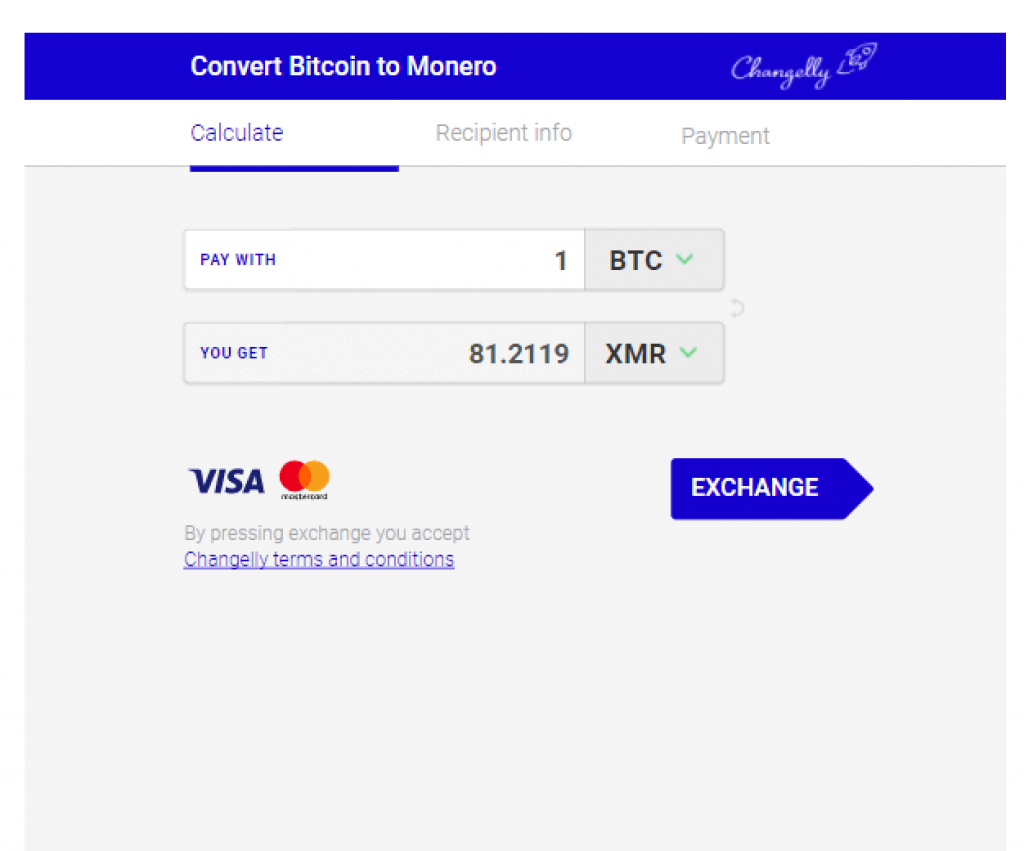
You will need the following things to do this:
- You should get your Monero address ready where you want to receive your Monero.
- Have some bitcoins/altcoins to exchange for Monero.
Purchase Monero from Exchanges
- Kraken – US dollar and Euro exchange.
- MoneroForCash – Buy with fiat money.
- Orillia – Buy with SEPA.
- MoneroDirect – Uses OKPAY to offer Webmoney, VISA, and MasterCard.
- LiteBit – Online exchange supporting multiple fiat buying options.
- Bitfinex – Purchase with US dollars.
- Coincut – Online exchange that supports GBP bank transfer.
- Livecoin – Online exchange that supports wire transfer (SWIFT).
Monero vs. Bitcoin
Monero is a cryptocurrency like Bitcoin, but unlike Bitcoin, it doesn’t have a finite supply, it is untraceable and focuses on the privacy aspects of cryptocurrencies. Here is a full comparison between bitcoin vs monero.
Also, Monero doesn’t use any logs or servers to store transactional history, which makes it an obvious choice of “darknet” users.
Also, this type of super private technology only makes sense if Monero were to go for mainstream adoption by big institutions, governments, or companies.
It also solves issues of constant supply, anonymity, and scalability.
There are some more features that allow Monero to compete with Bitcoin, and here are some of them:
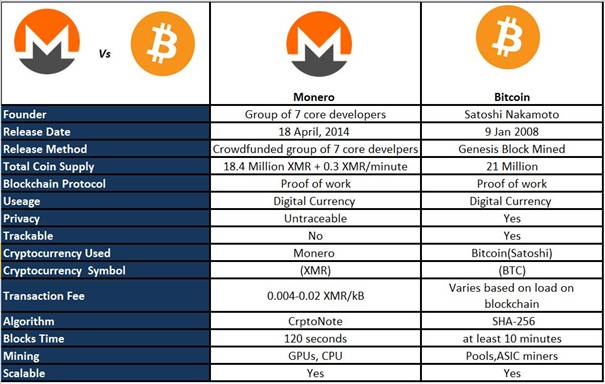
Thanks to these unique features, Monero is one of the most lucrative and worth investing in cryptocurrencies. Bitcoin is enjoying the first mover’s advantage with the largest market cap at present. However, other cryptos like Monero are not far behind.
You should act now and get some cheap Monero, because who knows what will happen in the future…
The Value of Privacy
So the big question is, does Monero have a future? Some people may argue that Monero’s main customers are going to be people engaged in illegal activities on the dark net. Famously, the dark net marketplace for illegal drugs, Silk Road only allowed users to use Bitcoin for transactions due to the anonymity, which has caused many people to associate cryptocurrencies with illegal activities.
But it is important to note that there is another side to the coin. If cryptocurrencies were to be widely adopted across economies, merchants would not want everyone knowing exactly how much they are selling and who they are selling to. On the other hand, this information is readily available on a normal Blockchain. Individuals will also not want everyone knowing where they are spending their money and how much they are spending. Everyone should be entitled to privacy of their transactions. However, this does not necessarily mean that they have something to hide. It can also act as a reassurance for merchants that they do not need to engage in researching how money was obtained and where it has come from because everything is private.
The website XMR.to has helped to bridge the gap between Bitcoin and Monero. The website allows anyone who owns Monero to send money to a Bitcoin address. The website acts as a middle man whereby the sender simply sends the website their Monero and the Bitcoin address they want to send to, and then the website will handle sending the Bitcoin to the recipient. The sender and receiver are therefore not associated whatsoever because the conversion takes place via the website anonymously, which has helped make Monero more popular. It also boosted its value.

Read our updated guide on top staking cryptocurrencies.
Furthermore, the US government has started tracking residents who they believe are not paying their taxes on Bitcoin, which is another reason for the recent increase in the price of Monero because it is impossible to track who owns what.
Price volatility
The price of Monero’s XMR token has experienced significant volatility at times. It climbed nearly 70% in the last month and more than 1,300% since it began trading on CoinMarketCap. Monero has fluctuated between roughly $0.25 in January 2015 and close to $60 in May 2017.
Some market observers might interpret this volatility as making Monero less credible. However, sharp price fluctuations provide opportunities for traders, and they might use the currency as a hedge for other cryptocurrencies. Traders can purchase Monero using both cryptocurrencies and fiat currencies. This might motivate them to purchase and sell it in an attempt to make a profit.
Monero is less speculative than competitors because it has generated significant visibility for its ability to provide users with a high degree of privacy and has received the acceptance of multiple dark web marketplaces.
Going forward, Monero’s price will be a function of supply (which is ever-increasing) and demand (which is unknown). Interestingly enough, this uncertainty might prove compelling to investors. This could give them an opportunity to speculate on the cryptocurrency’s future value in an attempt to generate strong returns.
The Future of Monero
Privacy has become a big concern because technology is advancing at rates nobody ever could have predicted. Being able to remain anonymous will become more difficult in the future because Big Data is helping companies for profiles of consumers. Some people believe other cryptocurrencies such as Bitcoin are anonymous. However, research at Princeton University has shown how transactions can quite easily be tracked using cookies and by observing the Blockchain. Monero could become a very important cryptocurrency in the future as more people become aware of their lack of privacy online.
Resources
Here are some interesting links that could help you understand Monero further:
- Monero Twitter (https://twitter.com/monerocurrency)
- Monero Forum (https://forum.getmonero.org/)
- Monero Subreddit (https://www.reddit.com/r/Monero/)
- Best Performing Digital Currency of 2016: Monero (https://thecontrol.co/meet-the-best-performing-digital-currency-of-2016-monero-e6010768e54a#.ctb3o7eku)
- Riccardo Spagni’s talk (https://www.youtube.com/watch?v=pTgadb7M47E)
- Monero website (https://getmonero.org/home)
- What is Monero? (https://www.youtube.com/watch?v=TZi9xx6aiuY)





